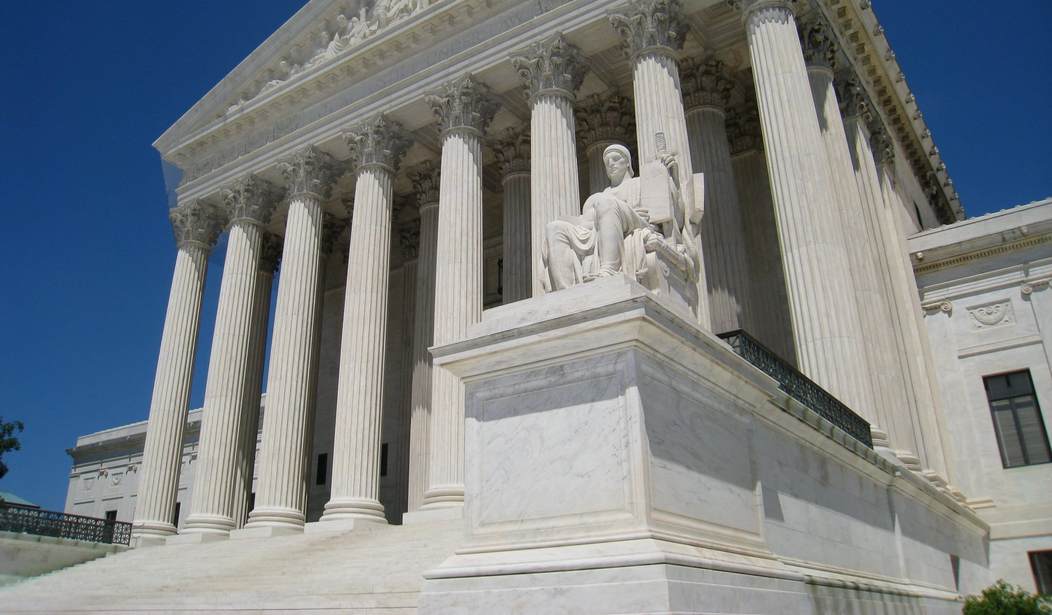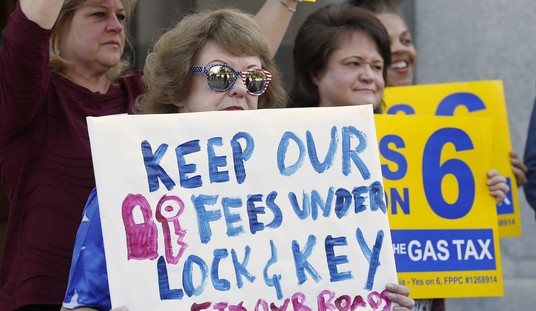On Monday, the U.S. Supreme Court ruled that iPhone users can sue Apple over its alleged monopoly on iPhone apps. Apple argued that users cannot bring the lawsuit because the company is only selling the apps at the prices set by app developers. This kind of lawsuit brings triple damages against the company. Justice Brett Kavanaugh wrote the majority opinion, representing himself and the four liberals on the Court. Justice Neil Gorsuch wrote the dissenting opinion, representing himself and the three other conservatives.
“Several customers contend that Apple charges too much for apps. The customers argue, in particular, that Apple has monopolized the retail market for the sale of apps and has unlawfully used its monopolistic power to charge consumers higher-than-competitive prices,” Kavanaugh wrote. He called this “a classic antitrust claim.”
The Supreme Court majority did not “assess the merits of the plaintiffs’ antitrust claims against Apple,” and only focused on one defense from Apple. The company cited Illinois Brick Co. v. Illinois (1977), in which the Court determined that indirect purchasers of goods or services cannot sue for antitrust violations committed by the original manufacturer or service provider. Apple argued that iPhone users are indirect purchasers, and therefore they cannot sue Apple for price-fixing — because Apple allegedly overcharged the app developers, who then overcharged the users.
The district court agreed with Apple but the Ninth Circuit Court of Appeals ruled in favor of the users. The Supreme Court agreed with the Ninth Circuit.
Yet Gorsuch and the other conservative justices agreed with Apple. Gorsuch argued that the Court in Illinois Brick “held that an antitrust plaintiff can’t sue a defendant for overcharging someone else who might (or might not) have passed on all (or some) of the overcharge to him.” These “convoluted ‘pass on’ theories of damages violate traditional principles of proximate causation,” so “the right plaintiff to bring suit is the one on whom the overcharge immediately and surely fell.”
“Yet today the Court lets a pass-on case proceed,” Gorsuch wrote. “It does so by recasting Illinois Brick as a rule forbidding only suits where the plaintiff does not contract directly with the defendant. This replaces a rule of proximate cause and economic reality with an easily manipulated and formalistic rule of contractual privity. That’s not how antitrust law is supposed to work, and it’s an uncharitable way of treating a precedent which— whatever its flaws—is far more sensible than the rule the Court installs in its place.”
During oral arguments, it seemed the Court would support the users, although U.S. Solicitor General Noel Francisco argued in favor of Apple, Amy Howe wrote for SCOTUS blog. Even the conservative justices seemed to support the users, with Gorsuch suggesting that the Supreme Court should overrule Illinois Brick since many states have allowed indirect purchasers to file similar lawsuits without experiencing the problems that Illinois Brick sought to guard against. Justice Samuel Alito argued that Illinois Brick rested less on economic theory than on wanting to achieve an “effective and efficient litigation scheme.”
It seems Justices Gorsuch, Alito, Clarence Thomas, and Chief Justice John Roberts considered supporting the users, but rejected the new legal theory Kavanaugh and the liberal justices suggested. As a result, they championed Illinois Brick, following the users’ lawyer David Frederick, who argued in favor of this legal standard. Frederick merely contended that Illinois Brick did not apply to this case.
“Illinois Brick is a case about a middleman,” Frederick. “There’s no middleman here.”
The lawsuit will go forward, but the iPhone users may still lose in court. Perhaps more importantly, this ruling might suggest daylight between Kavanaugh and the other conservative justices.
Follow Tyler O’Neil, the author of this article, on Twitter at @Tyler2ONeil.









Join the conversation as a VIP Member